Centro de Teatro do Oprimido (CTO) in Rio de Janeiro shows how performance can engage communities and spark participatory dialogue. CTO is a hub for research, training, and transformative theatrical work. Learn more
Four principles for arts activism with real examples of artists taking action together
When you step into arts activism, it can feel risky to put your voice and vision into the public square. But you don’t have to go it alone.
Creative resistance grows stronger (and safer) when you work alongside others. Collaboration spreads risk and builds solidarity that protects both you and the communities you serve.
As you imagine your next project, here are four principles to keep in mind:
- You become stronger when you collaborate.
Linking your work with others shares risks, responsibilities, and presence, making it harder for anyone else to isolate or silence you. - You protect yourself by protecting others.
Showing up for fellow artists and communities creates a shield of solidarity. Mutual support often deters targeting or backlash. - You increase your influence when you make the community your focus.
Work that speaks to shared needs and collective struggles resonates more deeply and is harder to dismiss as “just personal opinion.” - You amplify your voice when you stand with allies.
Diverse artistic approaches (music, theater, visual art writing) reinforce one another, creating a chorus that carries farther than any solo act.
The Aravani Art Project brings trans and cis women together to create public murals across India and Sri Lanka, reclaiming visibility and building solidarity. Learn more
Gain strength through collaboration
Work with partners whose strengths complement yours. If you’re a visual artist, consider teaming up with a poet, musician, or community organizer. Shared responsibility means shared protection, and collaboration ensures your message endures even if one voice is sidelined.
ClimActs’ Climate Guardians in Melbourne, Australia use performance art to generate mutual protection and visibility. Shown here are angel figures in a protest. Photo by Julian Meehan. Learn more
Foster reciprocal relationships
Stand up for your collaborators and communities by amplifying their work, offering resources, or sharing the spotlight. Solidarity is reciprocal: when you extend it, others are more likely to extend it back when you need it most.
CONTRA-TIEMPO’s joyUS justUS is an evening-length participatory dance theater experience that celebrates joy as a form of resistance. Learn more
Expand collective reach
Ask: whose needs does this serve, and who will feel represented? Projects built on listening and relationships carry deeper legitimacy and are harder for critics to dismiss as self-indulgent.
Found Sound Nation’s Festival of Dreams began with workshops, virtual collaborations and live performances centering youth voices. It evolved into the award-winning short film Wall Piano. Learn more
Speak louder as one
Different forms of art magnify one another. Murals, performances, poems and films can reinforce each other. Collaborating across disciplines creates a chorus that carries farther than any solo act.
Cape Farewell, a UK-based initiative, takes artists and scientists into climate-affected regions to create art that brings climate stories into public spaces, protecting science with art and art with science. Shown: Michael Pinsky’s Pollution Pods (2017). Learn more
Resistance Is Stronger Together
You don’t have to carry the weight of resistance alone. Every time you choose collaboration over isolation, you build a network of protection and power.
Step into a collective — not just to stay safer, but to make your art matter more.
Randall White
Abbetuck
Credits & References
Ken Grossinger’s Nine Lessons for Fighting Authoritarianism Using Art in an Age of Resistance for the SPLC inspired this post. His fourth lesson, “Safety in Numbers,” reads:
“Working in alliances offers protection since you are less likely to be individually targeted. It doesn’t offer full protection, but there is more safety in numbers. Ensure that service to a community—not just your interests—is centered in your work.”
Lessons five through nine will appear in upcoming Abbetuck POV Blog posts.

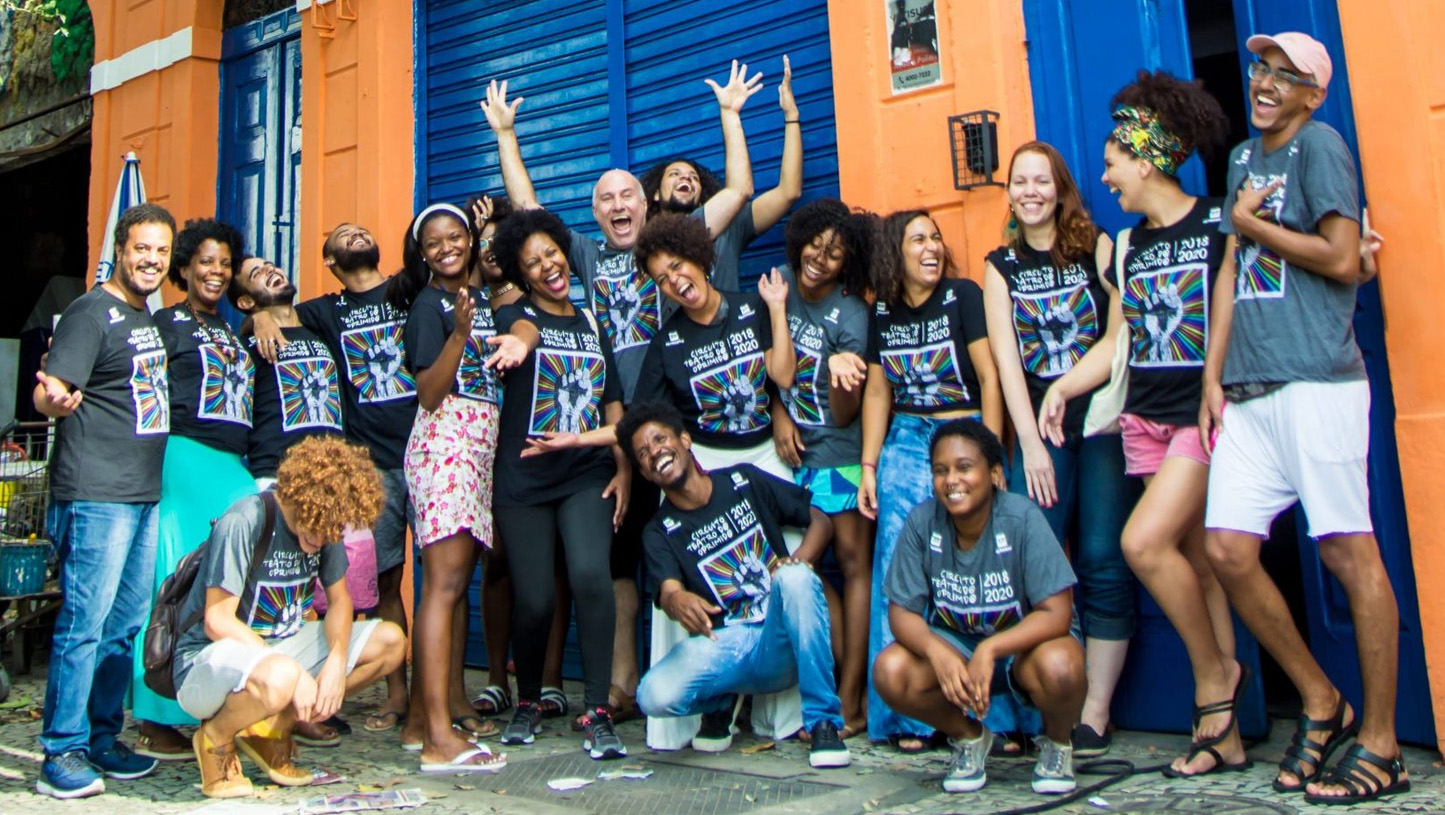
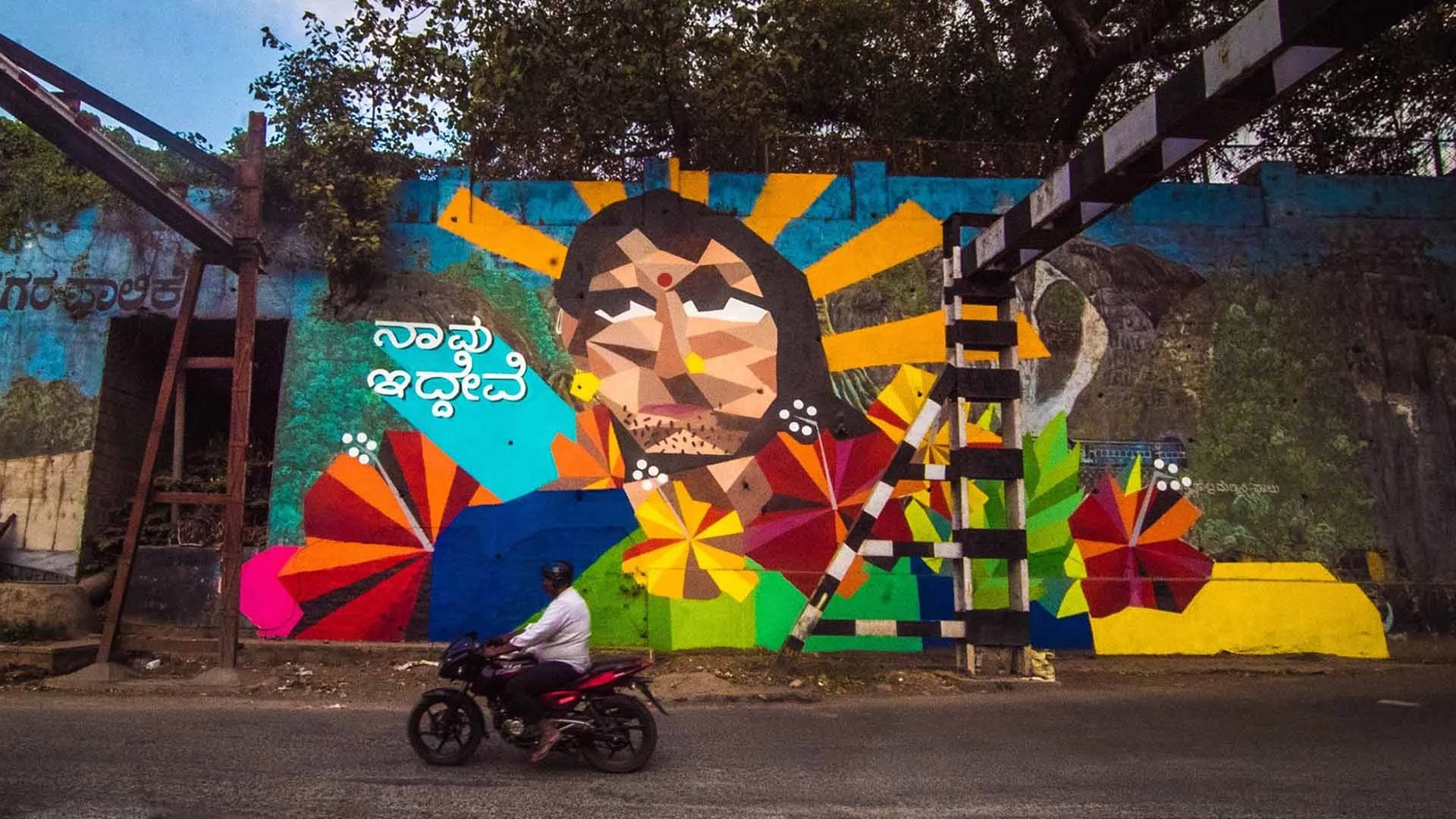
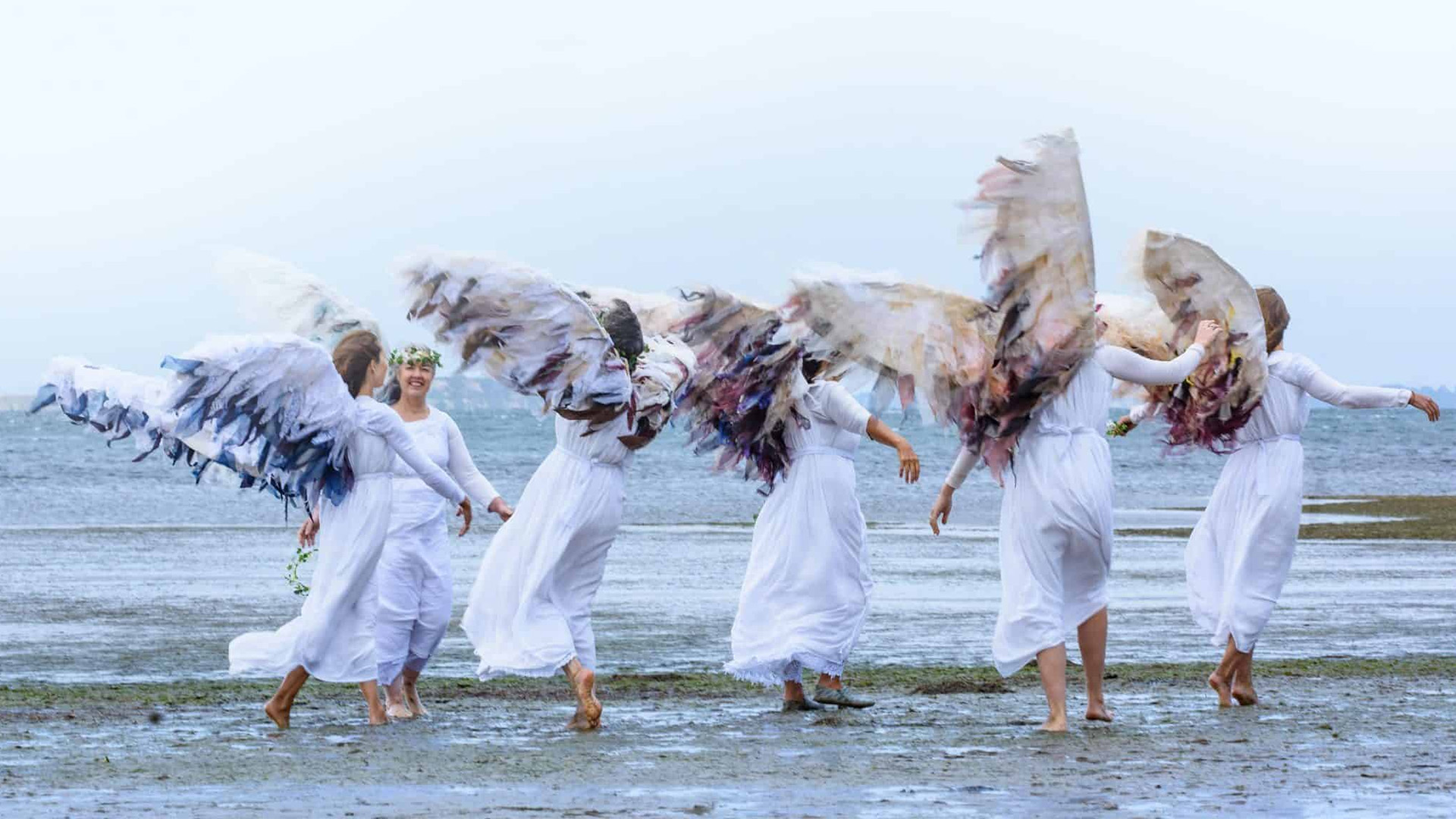
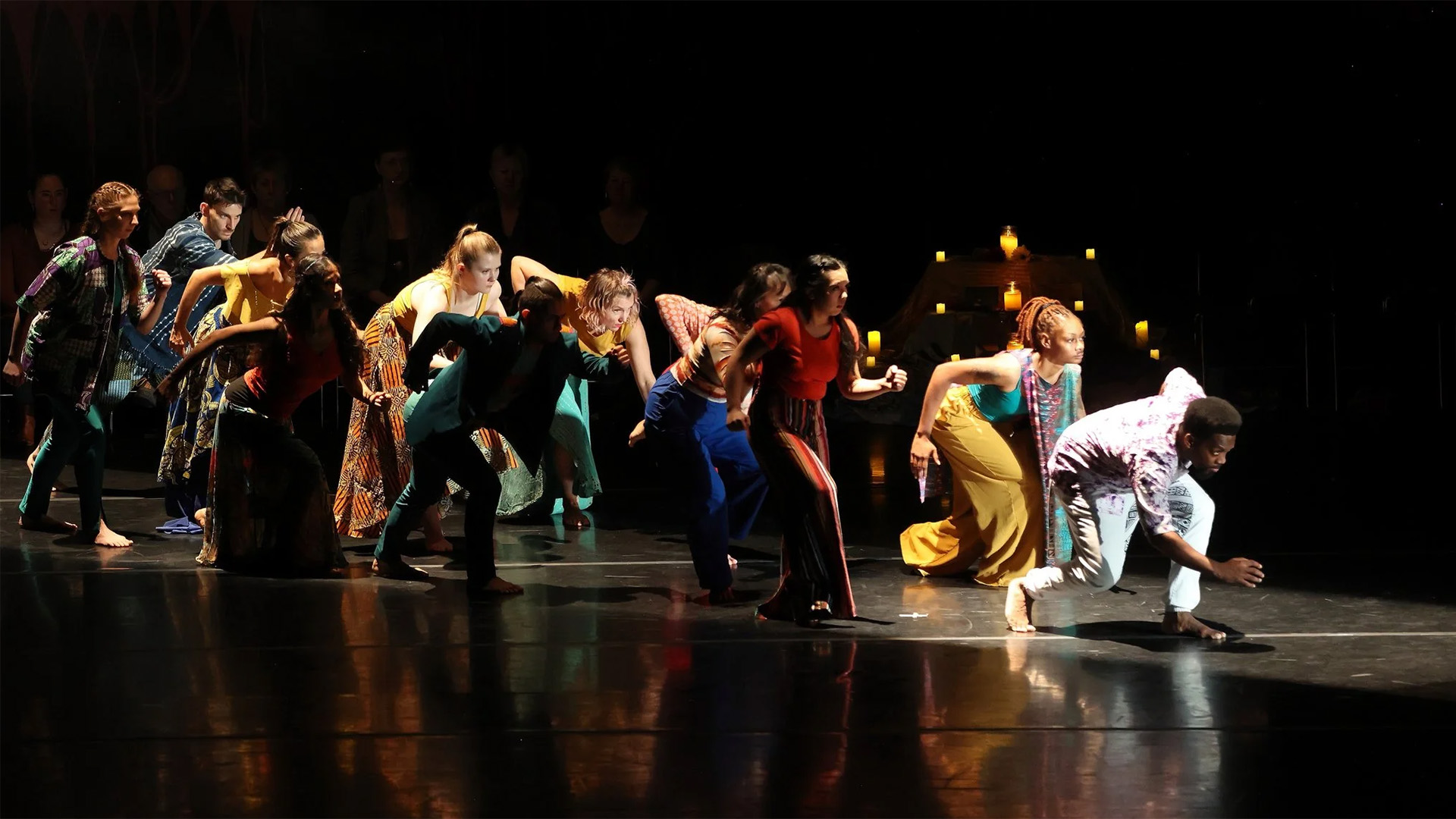
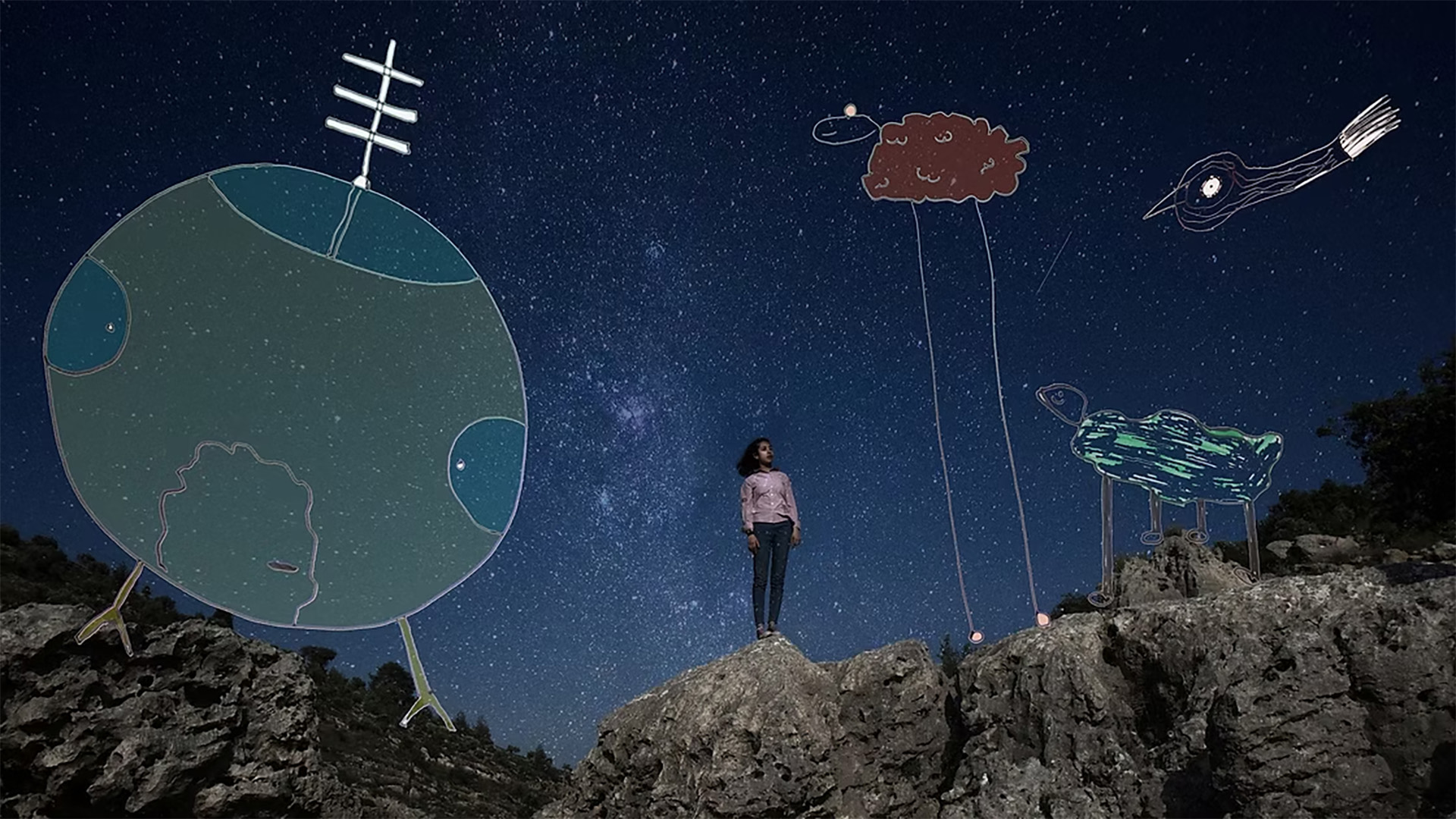
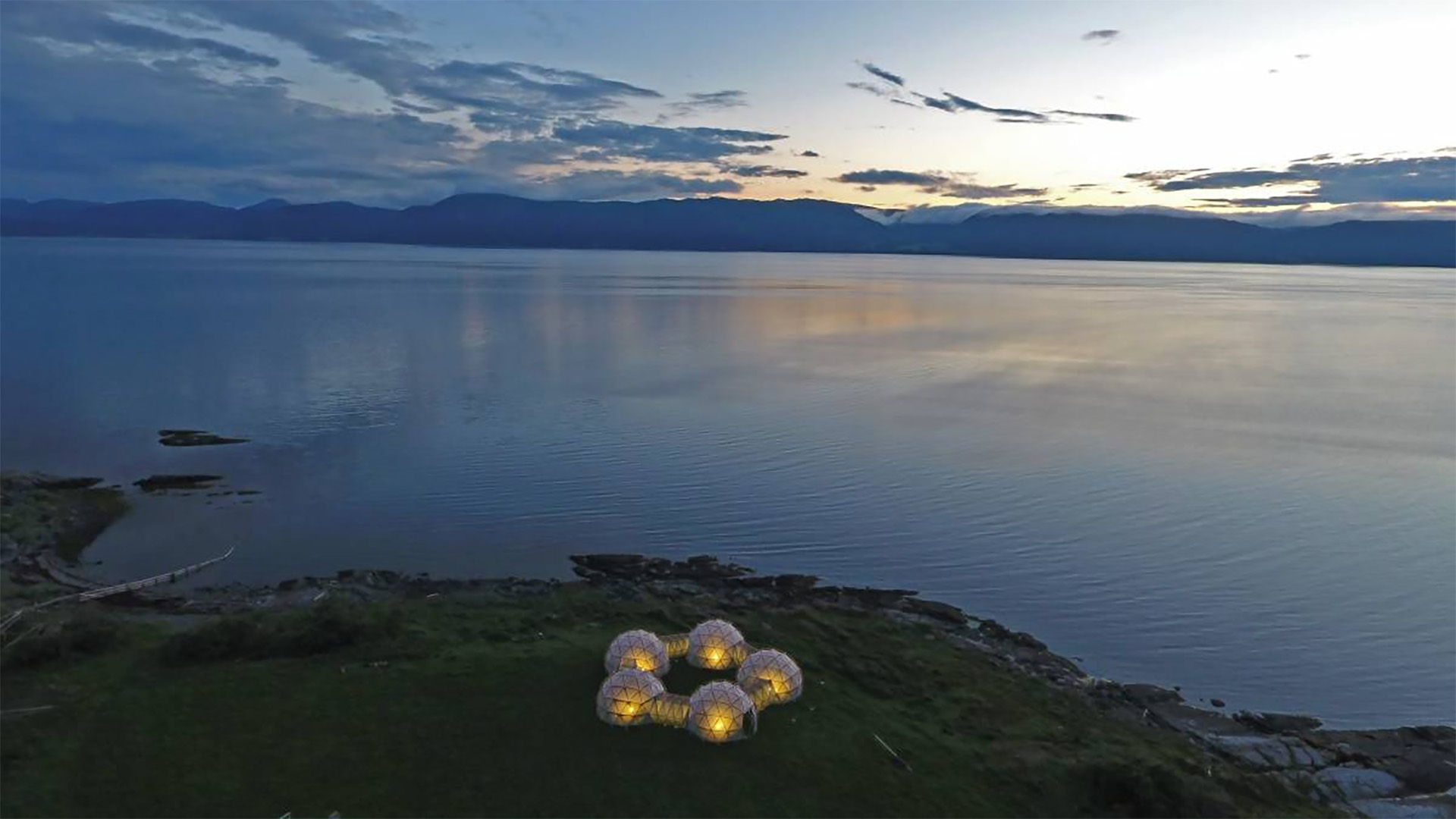


No responses yet